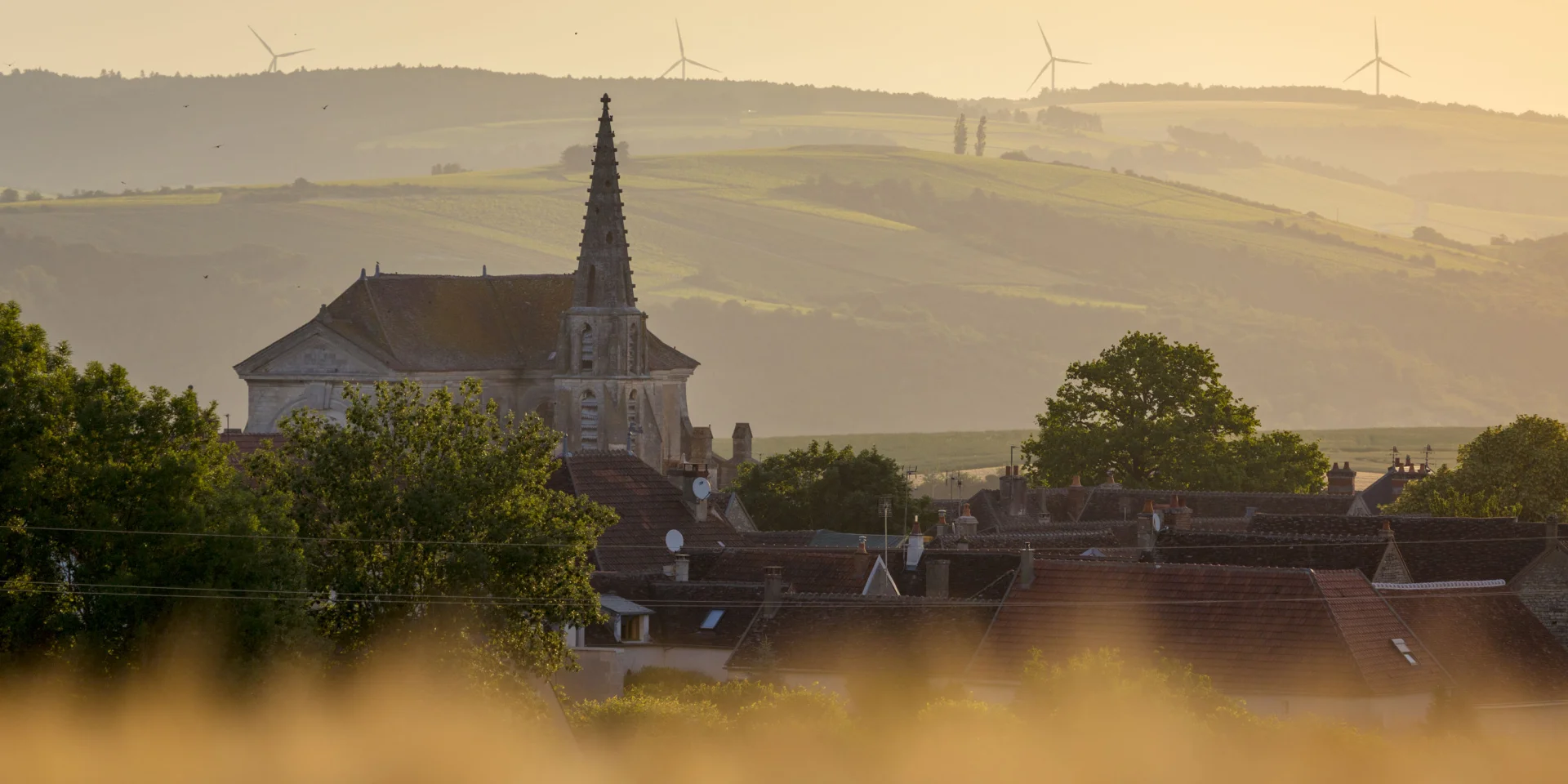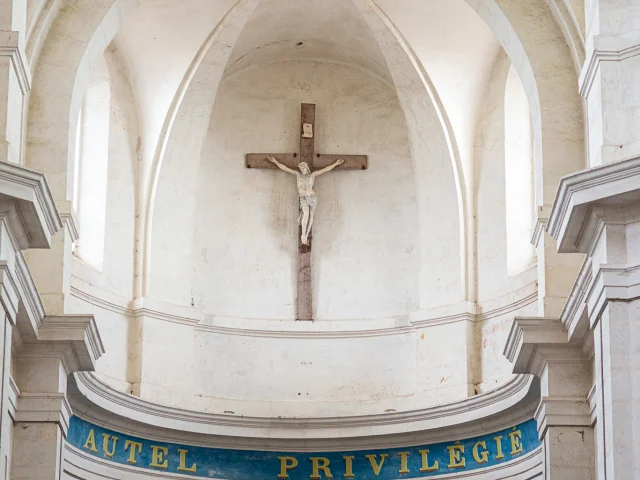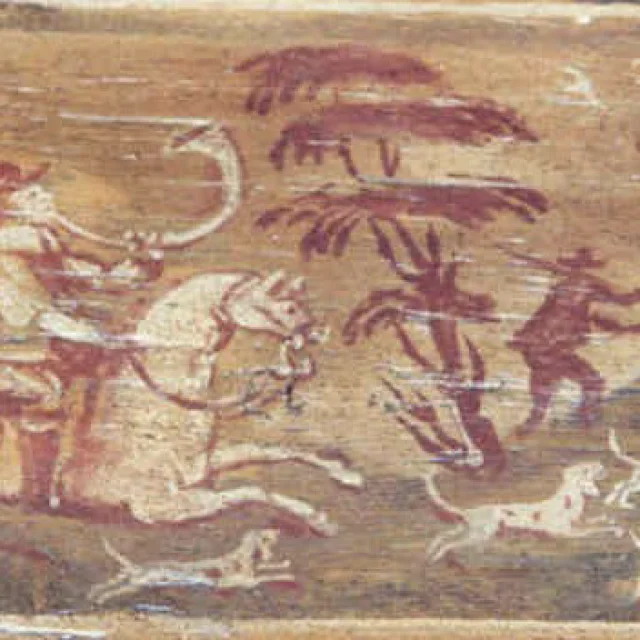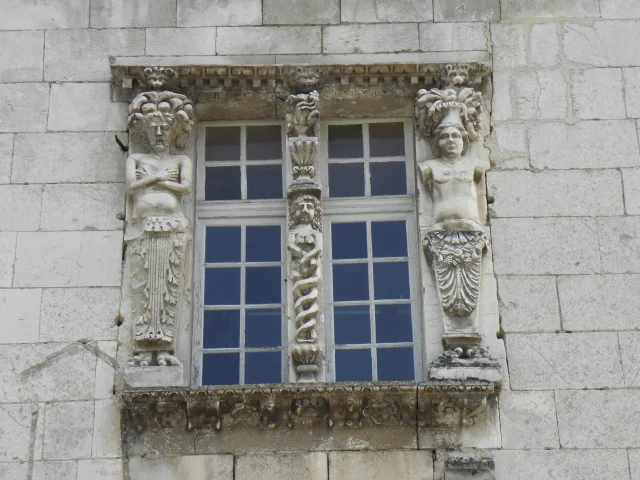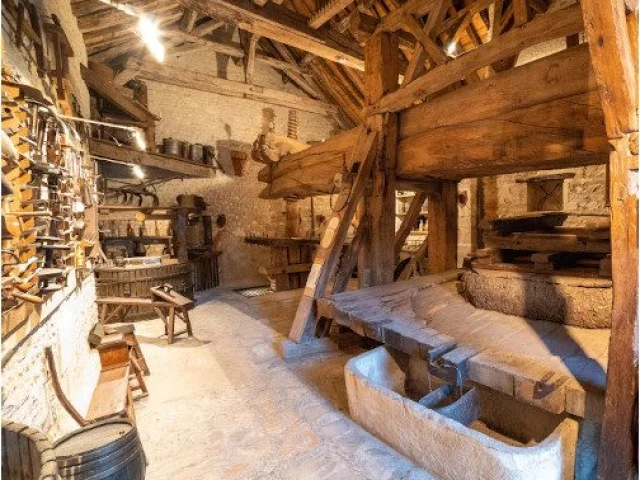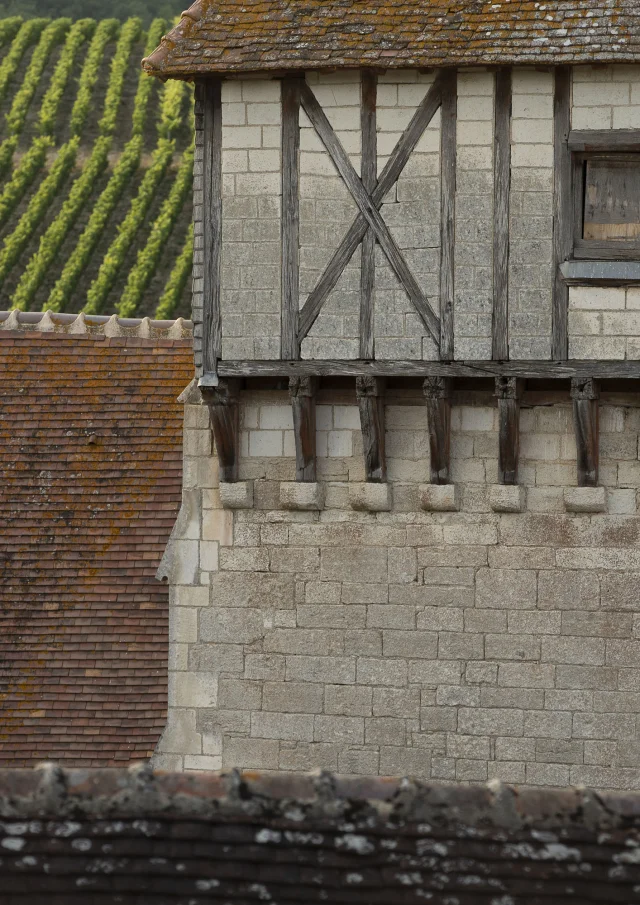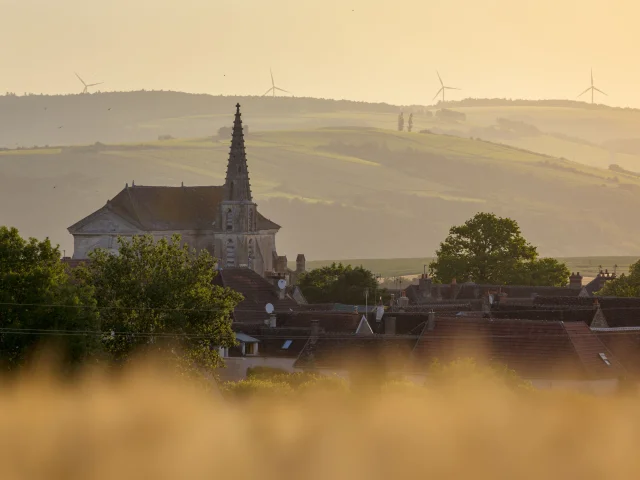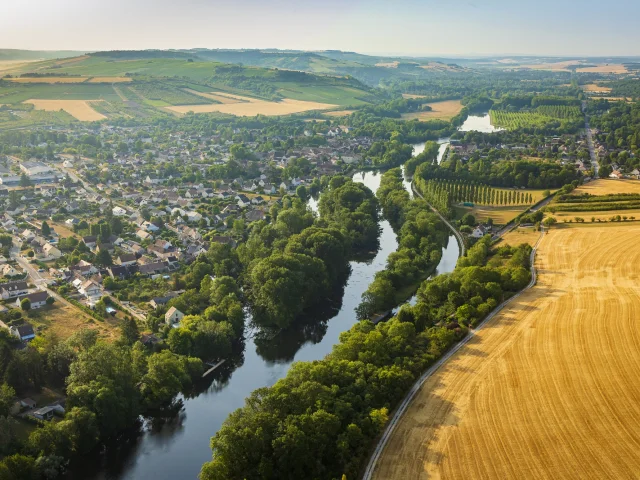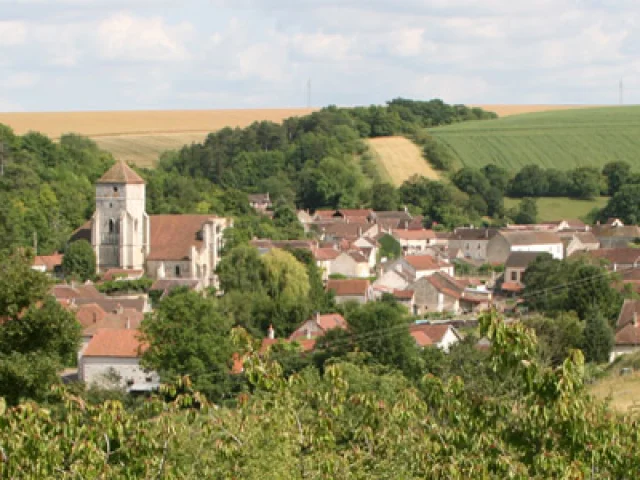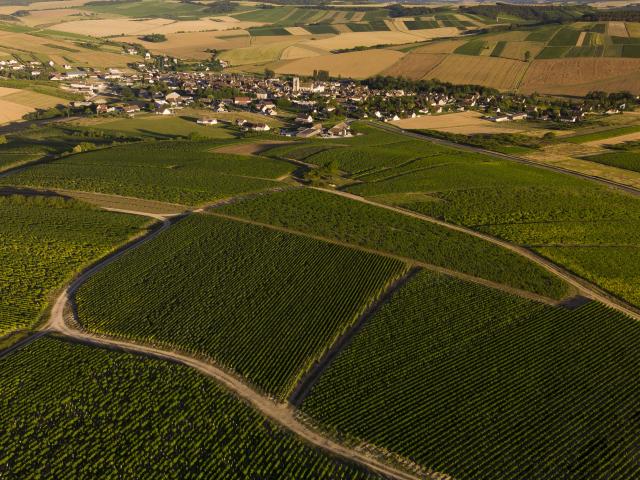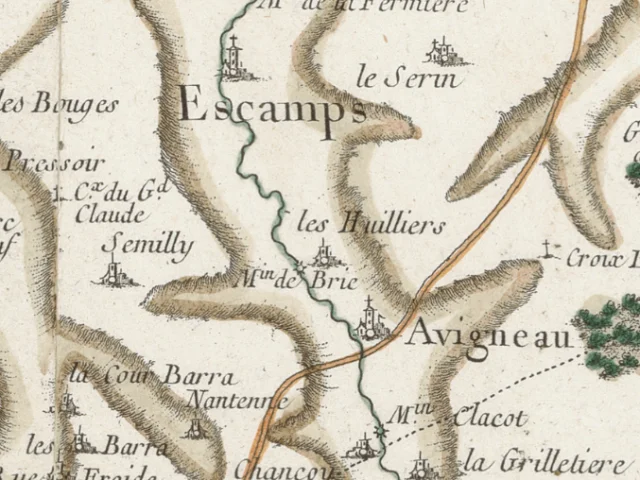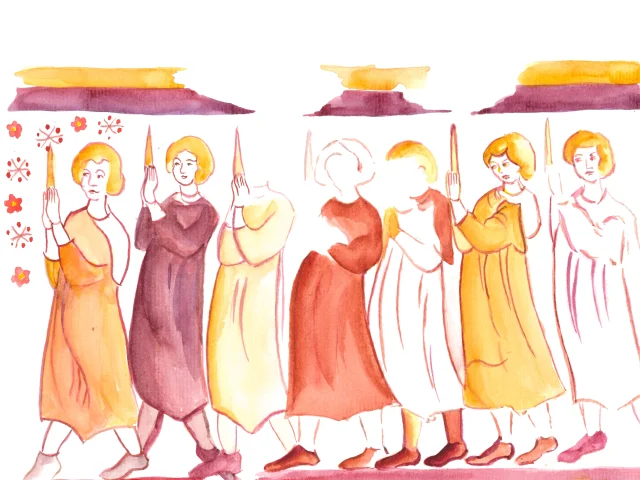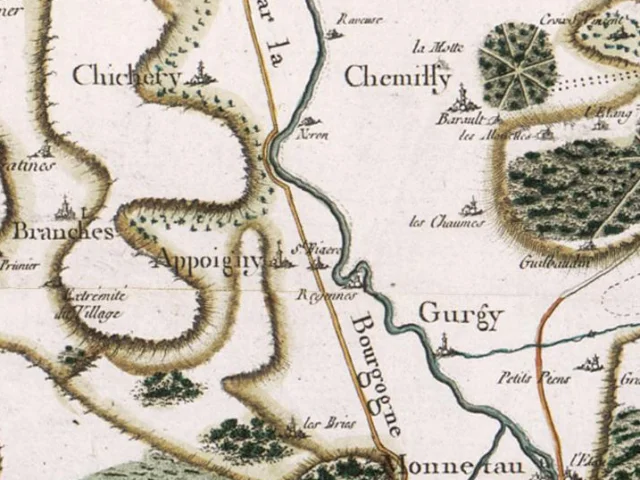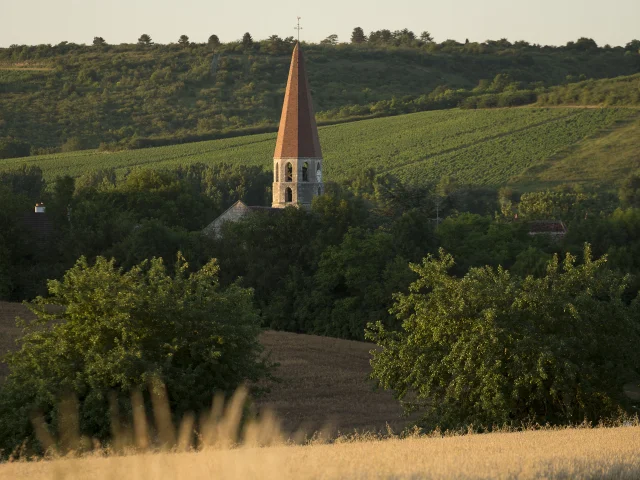Nestled between two valleys on the left bank of the Yonne, the village’s name originates from Coloniae and then Colongiae vinosae, meaning ‘wine-producing colonies. The commune was part of the former fiefdom of the Church of Auxerre, which owned vineyards in Coulanges from the 13th century onwards. Wine production has always been at the heart of the village’s activities, giving rise to the Burgundy Coulanges-la-Vineuse appellation in 1990. Today, a 12th-century cellar houses the wine museum, and its historic wine press.
In the centre, on the corner of Rue des Dames and Rue d’Aguesseau, stands a building with a square turret dating from the 16th century. The ‘Maison Jeanne d’Arc’, or ‘The House of Joan of Arc’ is on the Rue Couplet. It is said that Joan of Arc stayed in this house on the night of 30 June 1429, as she made her way to Reims.
The neo-classical Bellay Fountain, located on the corner of this street, dates from the 18th century, during which time efforts were made to channel water to the village. It bears a plaque commemorating its construction in 1779 and 1780.
Rue Marcel Hugot is home to a house built in the 16th century. Its façade is inspired by Greek architecture and features characters from mythology. Inside, the ceiling features fine 17th-century decorations depicting Greek gods and scenes of daily life in the countryside.
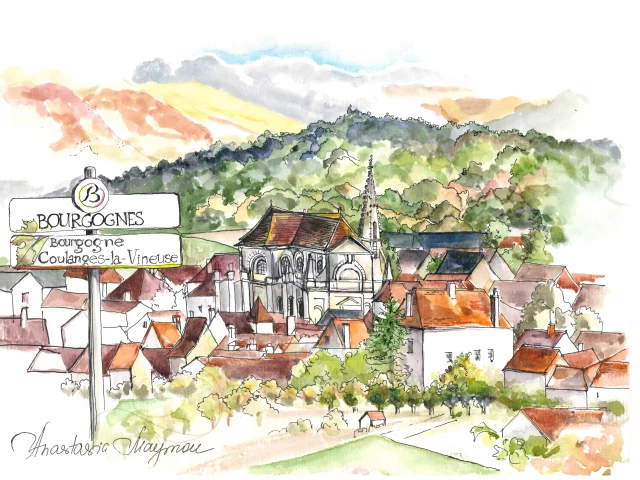 Coulanges Rotated
Coulanges Rotated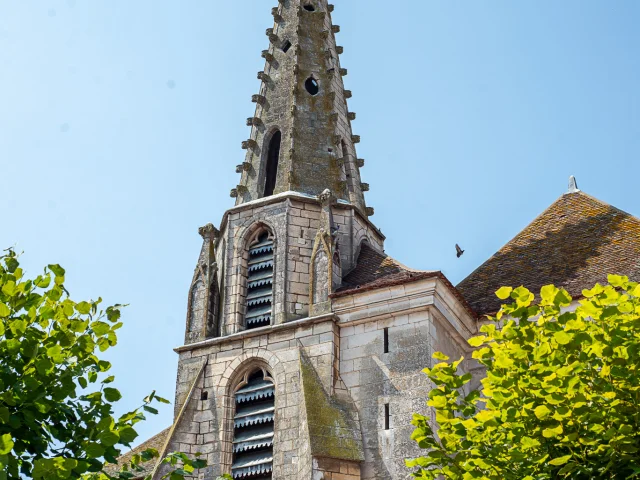 Eglise Clocher Coulanges
Eglise Clocher Coulanges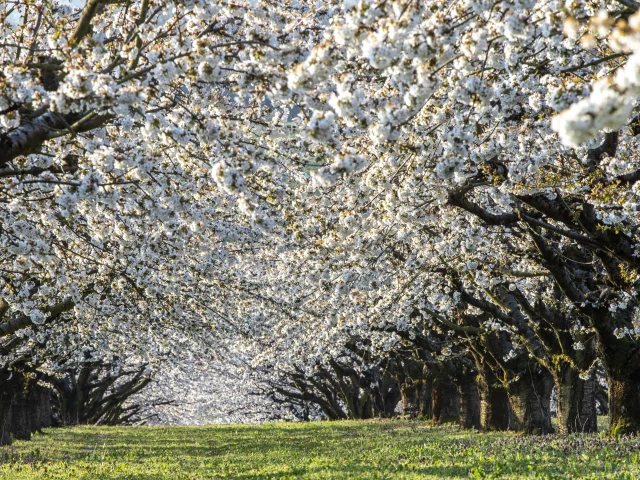
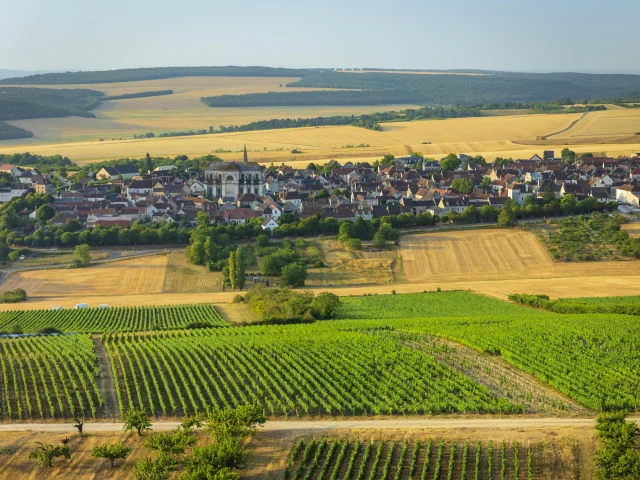 Coulanges La Vineuse 25072019 6602 Bivb Aurelien Ibanez Min
Coulanges La Vineuse 25072019 6602 Bivb Aurelien Ibanez Min